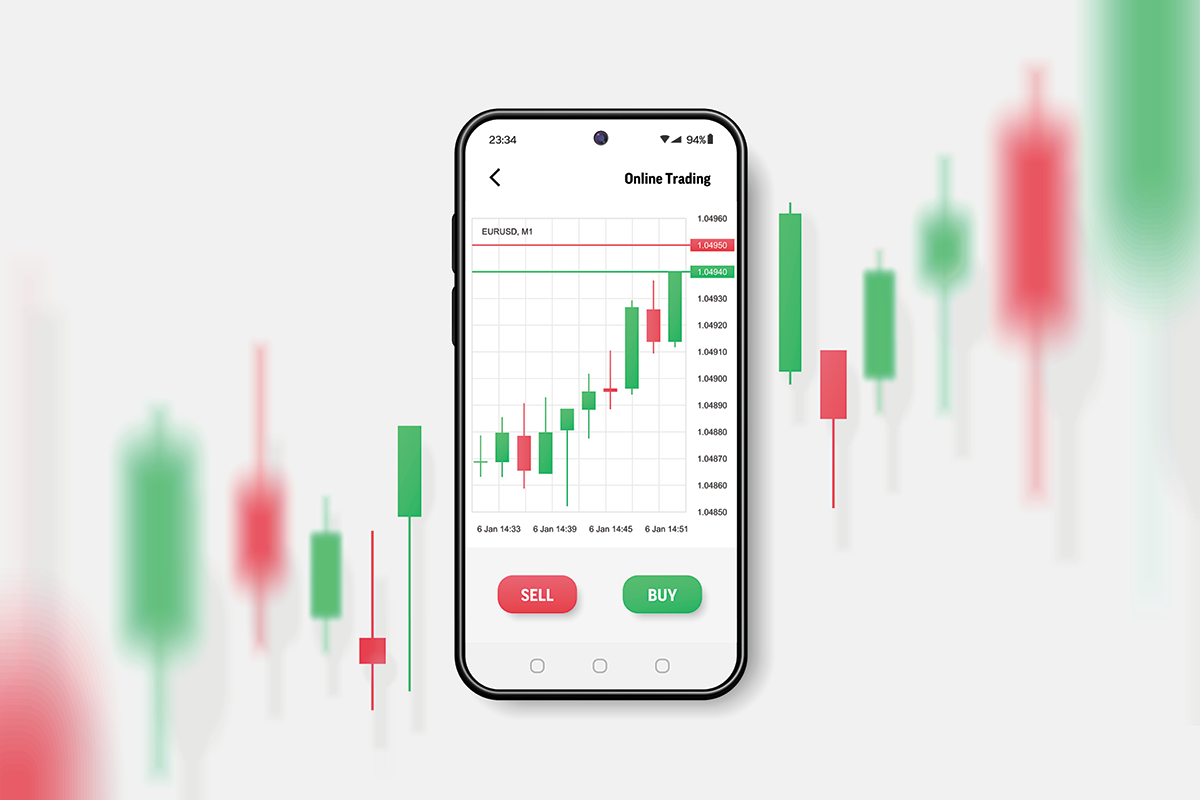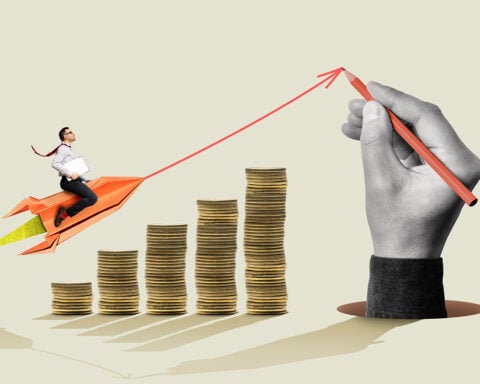Recent economic data over the past month underline the enduring nature of inflation and the unyielding vitality of the labour market in the United States.
This could lead to further rate hikes from the Federal Reserve, according to economists, yet investors seem unfazed.
Payrolls in May saw a rise nearly twice as much as the average monthly increase in the decade before the pandemic. The Federal Reserve’s favoured inflation measure also saw a significant uptick in April. Additionally, spending remains robust.
In the current economic landscape, where substantial employment and higher wages translate to increased inflation as businesses offset raised labour costs by escalating goods prices.
This scenario complicates the Federal Reserve’s task to warrant an interest rate pause at its June gathering.
While investors traditionally fear that a robust jobs report could provoke further rate hikes, they are still banking on the Fed changing course around the start of next year.
According to CME’s FedWatch, investors foresee an 80% likelihood of a pause in June and a 40% likelihood of rate reductions by December. By January 2024, the probability of a rate cut exceeds 60%.
Does this reflect an overly optimistic market perspective?
Before the Bell engaged in a discussion with Seema Shah, the chief global strategist at Principal Asset Management, concerning the disparity between the economy, Wall Street, and the Federal Reserve.
Before the Bell: Do recent employment statistics make it more challenging for the Federal Reserve to argue for a pause in rate hikes at their June policy meeting?
Seema Shah: It’s currently challenging to make a call for June. The headline figures for the labour market are pretty robust, but there’s a rise in the unemployment rate and a slowdown in wage growth. If policymakers need a loophole, and Powell wishes for a pause in June, this could be a perfect excuse.
Despite this, much of the data centred on the labour market demonstrates considerable resilience. Coupled with the recent high inflation figures, it clearly shows economic strength. Specific economic sectors, like manufacturing, are struggling, but others, such as services, remain robust. If the labour market continues to add jobs at this rate, it’s difficult to envisage inflation dropping to anywhere near a 2% level. Reducing it even below 3% will be a challenge this year. Therefore, I believe there’s a strong case that there will be another rate increase in the upcoming two meetings.
Some investors still anticipate a rate cut this year. Given the recent data, how realistic do you think this is?
It seems unlikely. The labour market is typically the last to decline during a slowdown; when it does, it plummets swiftly. Many people rely on this: a sudden deterioration in the labour market during the fourth quarter of 2023. This might be possible, but at this point, it’s improbable that there will be a severe enough labour market weakness to bring down inflation suddenly. Our stance is that there won’t be any rate cuts this year. The market just needs to factor this in.
Why do you believe inflation appears so resilient in the face of the Fed’s rate hikes?
It’s been somewhat unusual, and we predicted that the labour market would deteriorate more than it has, which surprises all.
The post-pandemic labour demand surge remains strong, and it’s apparent across the service sector — restaurants, hotels, or retail shops — that there’s still a labour shortage. So, even if labour demand starts to dip, it doesn’t necessarily mean job losses. To start layoffs, employers need to witness more weakness than usual.
However, this is a gradual slowdown. Some sectors are struggling while others are faring well. So while some sectors report job losses, it’s not a uniform situation, and the service sector remains particularly robust.
Consumer strength is also persistent — they still have about half a trillion dollars in excess savings. So, for now, a strong consumer and a strong labour market mutually support each other.
Are investors and the Fed on the same page regarding where rate hikes should head?
The delayed impact of rate hikes is worth noting, and the Fed needs time to assess their effect. But they are reaching a point where making a policy mistake becomes easy. As we approach the cycle’s end, market volatility around rate expectations will surge, and the Fed will overlook much of that market noise. Markets are still anticipating rate cuts this year, which needs to be eliminated.
Over the last two years, one of the main criticisms of the Fed has been communication. Fed speakers hinted at their plans for June last week, ahead of a significant jobs report, which was slightly odd. It’s a risky policy to prepare the market and provide forward guidance when you’re heavily data-dependent.
The continuous resilience of the US labour market and persistently high inflation suggest that investors may be overly optimistic about the Fed’s potential to halt rate hikes or even cut rates shortly. As Seema Shah suggests, markets need to factor in the realistic possibility of more rate hikes, given the strength of the current economic data. Despite the optimism, it would be wise for investors to prepare for multiple eventualities as the Fed’s next moves continue to be a subject of keen speculation.







